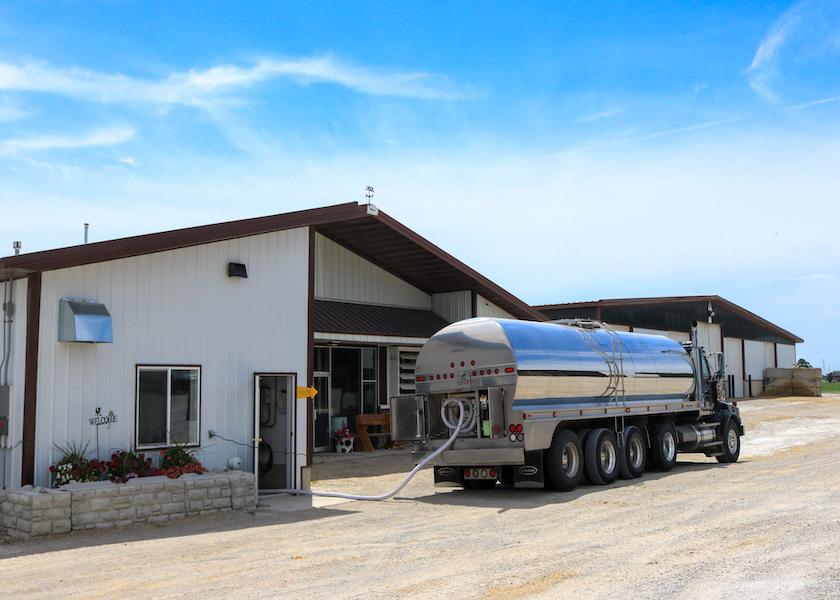Milk Fat vs. Milk Yield: Which is More Profitable?

Butter prices have reached historic levels this year, pushing the value of component prices higher as well. As the monetary worth of milk fat grows, so does the pay price for the per hundredweight of milk. But what number is more important for a dairy farm’s income – milk fat percentage or milk yield? Donna Amaral-Philips, an extension dairy educator for the University of Kentucky, weighs in.
“Increasing or at least optimizing butterfat percent has a positive impact on pay price per hundredweight,” Amaral-Philips says. “However, to determine the best economic choice for one’s dairy, one needs to remember that one’s milk check is determined by a combination of the amount of skim milk and amount of butterfat marketed, not butterfat percentage alone. Thus, from an economic standpoint, optimizing both butterfat and yield are important.”

As butter prices climb, it’s easy to get caught up in the “I need to increase our components” mentality. However, sacrificing milk yield for higher milk fat and protein is no way to help pay the bills.
“Even with butterfat yields accounting for a greater percentage of the final milk price in 2022, milk yield still is the biggest driver of milk price,” Amaral-Philips says. “Using uniform skim and butterfat prices from August 2022, a cow giving 77 lbs. of milk at 4.0% butterfat generates approximately the same gross milk income compared to a cow that gives 75 lbs. of milk at 4.25% butterfat. This same relationship holds when butterfat differentials are lower as seen in 2020 and 2021.”
Dr. Mike Hutjens, Professor Emeritus with the University of Illinois, offers these tips to help improve butterfat while keeping milk yields in check:
“Review the fat level by lactation number and days in milk. You might discover weak links and future opportunities,” he says.
He adds that producers should also review their current feed rations for levels of NDF, lignin, starch, sugar, soluble fiber and forage quality based on NDFD.
Other tools producers should investigate include:
- Bumping up volatile fatty acid production by:
- Increasing forage levels (50 to 55% forage)
- Increasing forage digestibility (higher NDFD)
- Increasing dry matter intake by providing more microbial substrate
- Avoiding sub-acute ruminal acidosis with a rumen pH over 5.8
- Adding rumen buffers and yeast products to help stabilize rumen environment
- Increasing pre-formed fatty acids by:
- Adding lipids like fats and oils to the diet
- Mobilizing body fat as non-esterified fatty acids early in the lactation can increase milk fat. However, it borrows from the animal’s energy bank and has metabolic risks.
- Selecting better genetics
- Select on pounds of milk fat, not for fat percent, as it lowers milk yield with fewer pounds of fat sold. Hutjens says this option is a two-year plan and not a quick fix to boost butterfat levels.
While higher butterfat and protein percentages can give a boost to the milk check, it’s important to not sacrifice yield to gain higher components.
“The take-home message here is, don’t chase butterfat percentage at the expense of milk yield,” Amaral-Philips states.







